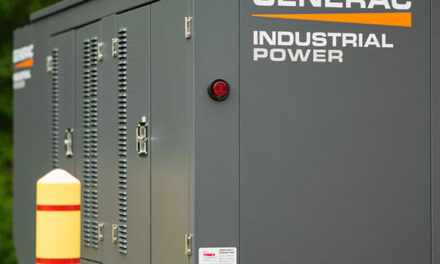Blood pressure is a key indicator of cardiovascular health and an essential vital sign that is regularly measured when assessing and treating a resident. Studies show that improper blood pressure technique often results in inaccurate blood pressure readings. Misreading true blood pressure by even +5 mm Hg has the potential to mislabel someone as having high blood pressure, resulting in medication the person doesn’t need. Likewise, underestimating blood pressure by just 5 mm Hg can result in a person not receiving necessary medical treatment. According to the American Heart Association, being able to take an accurate blood pressure reading can help control hypertension and prevent heart disease.
A number of factors can affect the accuracy of a blood pressure reading. Here are five best practices to help you secure the most accurate readings possible.
1. Choose the Right Cuff
A properly sized cuff, positioned correctly, is one of the most important factors that can impactthe accuracy of a blood pressure measurement. The cuff should be snug, but not too tight, and placed on bare skin rather than over clothing. A cuff that is too large can give a falsely low reading, while a cuff that is too small can provide a reading that is falsely high.
Cuffs come in various sizes (e.g. child, adult, small adult, large adult) and are usually imprinted with an arm circumference range indicator. For example an “adult” cuff may specify a 23″ to 33″cm arm circumference. A practical way to quickly and properly size a cuff for an upper-arm measurement is to select one that is the correct circumference and that covers two-thirds of the distance between the resident’s elbow and shoulder. While most cuffs are reusable, single-use cuffs may be preferred in some settings for infection control.
2. Provide Proper Positioning
The ideal resident body position for the most accurate blood pressure reading is seated with legs uncrossed, feet not dangling, back supported and the arm (or leg) where the cuff is applied supported on a chair or counter at mid-heart level. Measuring blood pressure in an extremity positioned below heart level will lead to a higher reading, while measuring above heart level will result in a lower reading. For arm measurements, the fist should not be clenched.
When taking a blood pressure measurement in the supine (laying) position, the arm will be below heart level if resting on the bed. Therefore, the arm should be supported with a pillow.
Need patient positioning assistance? View body positioning wedge devices and more
3. Reduce Physical Factors
A number of physical factors can affect the accuracy of a reading. A full bladder can result in an elevated systolic reading, so it should be emptied before blood pressure is taken, if possible.
Food or drink should be avoided within 30 minutes of the measurement. Consuming caffeine, alcohol or tobacco products within 30 minutes also should be avoided, as they can result in falsely elevated readings. A cool room temperature, causing the resident to feel chilly, may result in an elevated reading as well.
In addition, talking or even actively listening while the measurement is being taken can increaseblood pressure. Therefore, the resident and anyone nearby should remain silent to ensure an accurate reading.
4. Support the Resident Emotionally
The resident should be as relaxed as possible to ensure the accuracy of the blood pressure reading. Stress or anxiety can significantly increase blood pressure. A best practice is to allow the resident to rest quietly in position for 3 to 5 minutes before taking his or her blood pressure.
5. Take Multiple Readings
Finally, since blood pressure is dynamic and can change 10 to 20 points within seconds, current guidelines suggest waiting at least 1 minute, taking a second reading and averaging the two. If the systolic (upper) number changes by more than 10 points, a third reading is recommended.
Since blood pressure varies, Mayo Clinic recommends varying the time of day you take blood pressure readings. A good time is first thing in the morning, before a resident takes any medicines, as well as in the evening before a resident goes to bed. Each time, multiple readings should be taken to ensure accuracy.
Accurate Blood Pressure Readings FAQ:
- What is the best patient position for taking blood pressure? The ideal patient body position is seated with legs uncrossed, feet not dangling, back supported and the arm (or leg) where the cuff is applied supported on a chair or counter at mid-heart level. Find out how EMR connectivity can bring efficiency to your vitals collection process.
-
What is the best time for accurate blood pressure readings? Blood pressure can vary, and it’s recommended to vary the time of day that you take your readings.
- How do you take an accurate blood pressure reading? From cuffs to positioning, we’ve offered our five best practices for taking accurate blood pressure readings. The Attendant Connected Vital Signs Monitor can provide accurate blood pressure reading technology to your healthcare setting.
How to Take An Accurate Blood Pressure Reading
You now know the five best practices for accurate blood pressure readings, but how can you take these readings? The Attendant Connected Vital Signs Monitor provides accurate blood pressure reading technology, as well as temporal temperature and pulse oximeter reading capabilities. For more information on how to use the Attendant Connected Vital Signs Monitor, watch this step-by-step video.
Direct Supply carries a vast assortment of blood pressure monitors and cuffs from leading brands to help you record the most accurate readings. Shop online or contact your account manager at 800-634-7328 for more details or to order.




